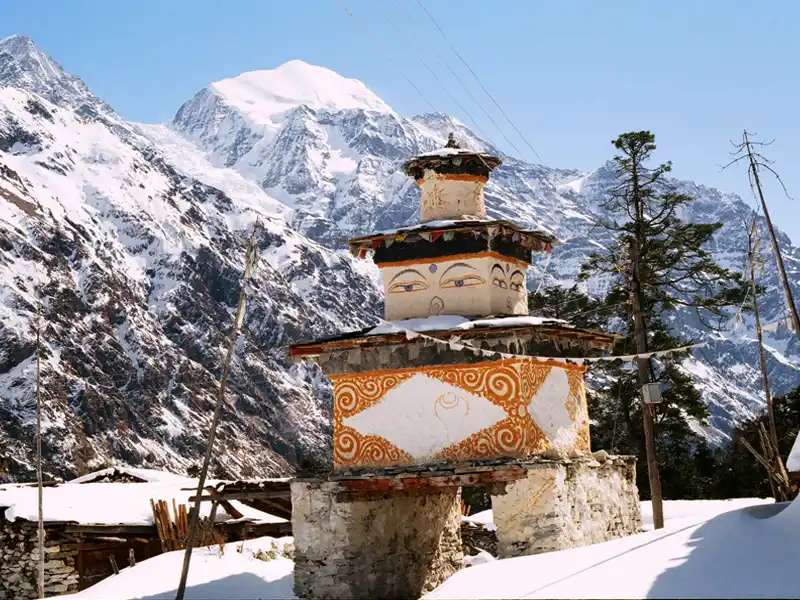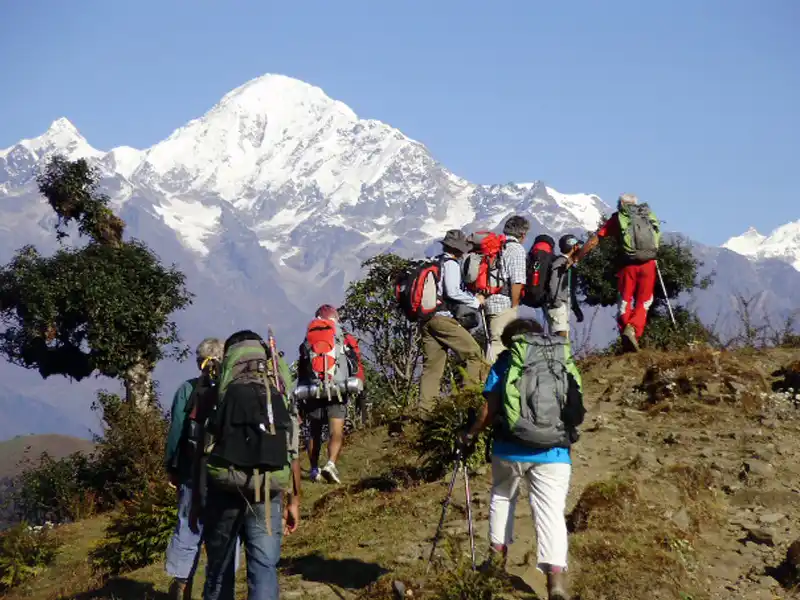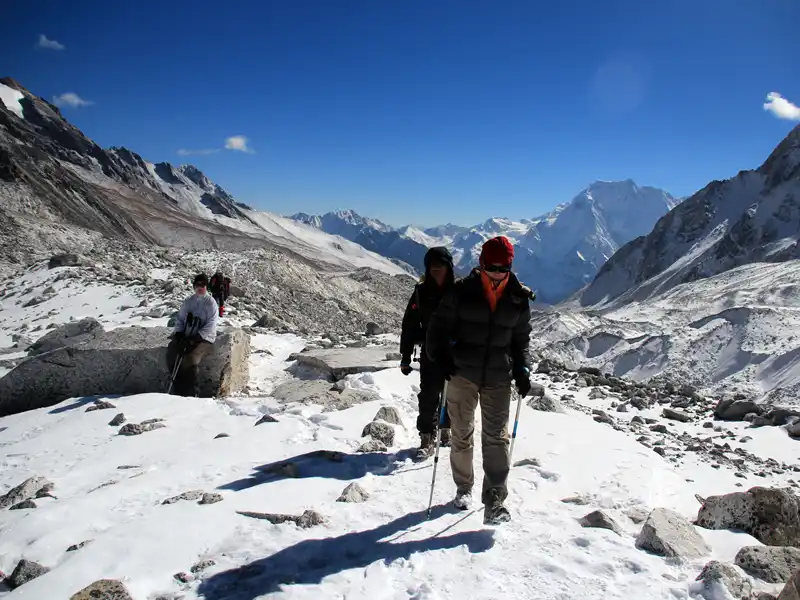 Annapurna Nar Phu Valley-Tilicho Lake Trekking
Annapurna Nar Phu Valley-Tilicho Lake TrekkingNar Phu Valley-Tilicho Lake Trek is a challenging and rewarding trek that seamlessly blends the best features of the Nar Phu Valley Trek and the Tilicho Lake Trek. Trekkers have a golden opportunity to delve into remote villages, traverse narrow canyons, meander through enchanting forests, marvel at unique rock formations, immerse themselves in Himalayan cultures, and behold the breathtaking beauty of the world's highest lake. The Nar Phu Valley Trek, accessible since 2003 AD, authentically showcases medieval Tibetan culture in its unaltered state, featuring remote villages, narrow canyons, charming forests, extraordinary rock formations, and distinctive Himalayan cultures, along with encounters with yaks, gompas, and other captivating facets of local life.
Nar Phu Valley-Tilicho Lake Trek is a captivating and challenging journey combining the best aspects of two renowned treks, leading through diverse landscapes, remote villages, narrow canyons, lush forests, and awe-inspiring rock formations. This trek provides a cultural immersion into Himalayan traditions with encounters in traditional villages. The majestic Tilicho Lake, the world's highest lake, is the highlight, and the inclusion of three thrilling passes—Kangla Pass (5,320m), Tilicho Pass (5,230m), and Mesokanto La Pass (5,099m)—adds a challenging dimension, rewarding trekkers with breathtaking mountain views. Traversing various vegetation zones, from subtropical to semi-desert, the trek offers insights into the traditional lifestyle of local inhabitants, predominantly yak herders, enhancing the cultural richness of the experience. The Nar Phu Valley-Tilicho Lake Trek promises a unique and rewarding adventure, fusing physical challenge, cultural exploration, and natural beauty, requiring prospective travelers to be well-prepared for high-altitude trekking and diverse terrains along this unforgettable route.
The Nar Phu-Tilicho Lake Trek is ideal for intrepid travelers seeking a distinctive and challenging trekking experience, offering stunning natural beauty, cultural immersion, and dramatic mountain vistas. Prospective visitors should prepare for high-altitude trekking and ensure peak physical condition to conquer the demanding terrain. Traversing diverse vegetation zones, from lush subtropical to harsh semi-desert, the trek promises a varied and thrilling experience. Witnessing the local inhabitants' traditional way of life, predominantly yak herders, adds cultural depth to the journey, providing insights into their customs and beliefs developed over centuries.
 Most Popular
Most Popular 
The Manaslu Circuit Trek in Nepal is an amazing trek around Mount Manaslu, the country's eighth-highest peak, that offers breathtaking views, cultural ...

The Tsum Valley Trek, which is located in the Manaslu region of Nepal, provides a one-of-a-kind trek through verdant forests and picturesque countryside, ...

The Lower Manaslu Trek offers breathtaking scenery and a unique cultural experience as it winds through the Himalayas. There are opportunities to interact ...

The Manaslu High Passes Trek is an exciting journey through the rugged terrain of the Manaslu region. Discover difficult mountain passes like Larkya La ...